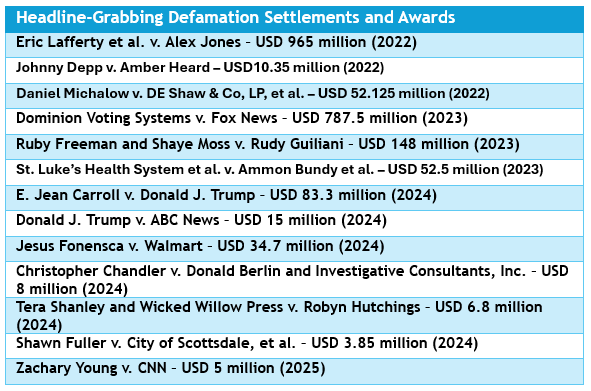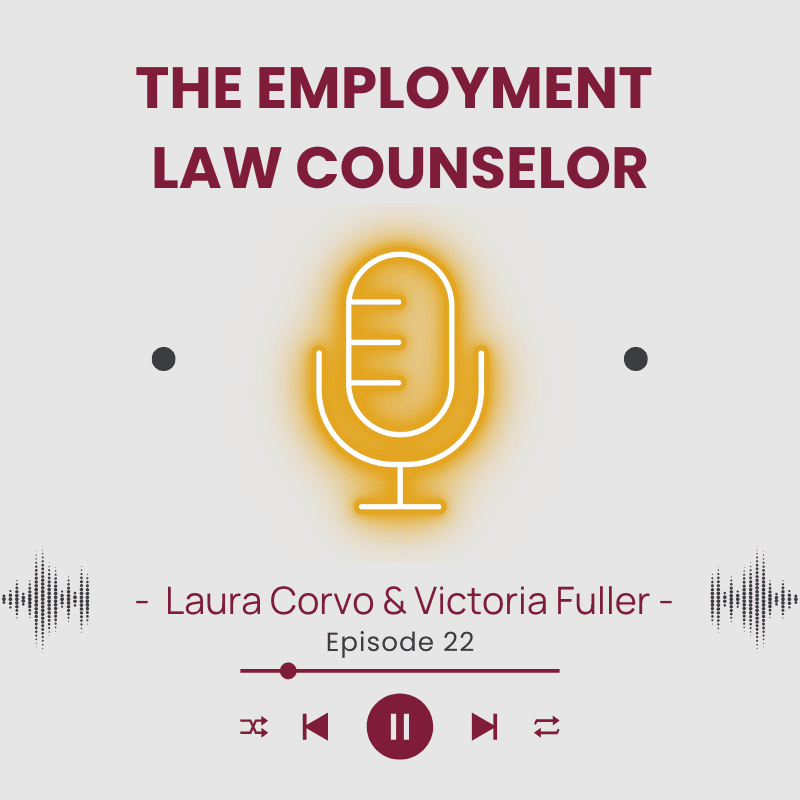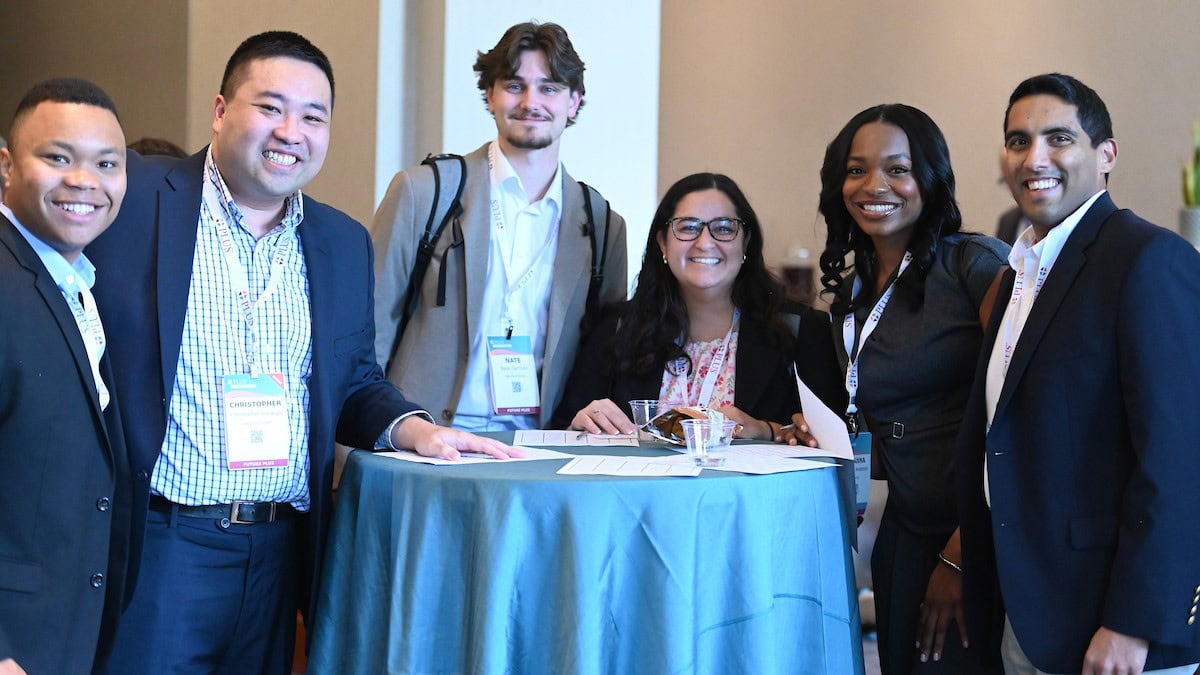October 23, 2025
The Rise of Defamation Claims in a Social Media Saturated World

Social media changed the mechanics of reputation harm. A false allegation posted to a local blog or a private conversation used to have a relatively small audience; today a single tweet, YouTube video, or Instagram post can be seen by millions within hours. That speed and scale make reputational injury both easier to cause and more attractive to litigants seeking remediation. Legal practitioners and academics note that the architecture of platforms — algorithms that reward outrage, indefinite chains of republication, and often anonymous or pseudonymous speakers — creates fertile ground for statements that are false, harmful and hard to retract. These dynamics reshape defamation practice and strategy.

High-profile cases have helped pull defamation from the margins into the headlines. The massive judgments against prominent misinformation spreaders and repeated, widely publicized suits involving politicians, influencers and media outlets have underscored that false public claims can carry real financial and legal consequences. Recent litigation — from the extensive judgments against conspiracy-spreading broadcasters to corporations hiring boutique firms to police social-media falsehoods — has shown plaintiffs are willing to use the courts to push back on online harms. These headline examples do more than punish: they signal that reputational injury in the digital age will not always be dismissed as mere opinion or protected speech.
But the surge in suits is not uniform or simple. Data and sector studies suggest a nuanced picture: while high-profile jury awards and large settlements get attention, the overall number of defamation filings has fluctuated and, in some jurisdictions, even declined from post-2019 peaks. What has changed more unmistakably is the profile of litigants and the contexts in which claims are brought. Corporations, public figures, and private individuals alike now bring suits that intertwine reputational damage with political conflict, harassment, and commercial harm. Plaintiffs increasingly use defamation claims alongside other causes of action — privacy, business torts, or even strategic litigation maneuvers — turning what used to be single-issue disputes into broader legal fights.
A central legal tension is the balance between protecting reputation and preserving free speech. U.S. defamation law still reflects the constitutional guardrails established in decisions like New York Times Co. v. Sullivan: public-figure plaintiffs must show “actual malice” — that a defendant acted with knowledge of falsity or reckless disregard for the truth. But courts and commentators are debating whether those standards translate cleanly to the internet era. Some scholars defend the actual malice rule as essential to robust public debate; others warn that platform-enabled harms require doctrinal recalibration or new regulatory tools. At the same time, many states have enacted or strengthened anti-SLAPP statutes (aimed at quickly dismissing meritless suits brought to chill speech), and judges are being asked to apply old doctrines to new kinds of speech and publication mechanisms.
Practical consequences follow. For potential defendants — from reporters and podcasters to ordinary social-media users — the prospect of litigation changes behavior. Some media organizations have tightened editorial controls, legal review and retraction practices; corporations have created “reputation response” teams to identify and counter false viral claims. For plaintiffs, litigation can be an instrument of accountability and deterrence, but it can also be costly, risky and messy — particularly when claims cross state lines or collide with powerful First Amendment protections. There remains risk of forum-shopping, strategic pleadings, and expensive discovery fights as parties jockey for legal advantage in a landscape where jurisdiction and platform policies matter as much as the underlying facts.
What should readers, platforms and policymakers take from this moment? First, digital literacy and better news habits still matter: false statements travel far faster than corrections, so skepticism and verification are the first lines of defense for reputations. Second, platforms must grapple with the structural features that amplify falsehoods while respecting lawful expression; private companies are already experimenting with moderation, notice-and-takedown processes and more transparent appeals. Third, the legal system will continue to adapt — through litigation, legislation, and doctrinal refinement — as courts wrestle with how to apply longstanding defamation principles to instant, networked speech.
Ultimately, the rise of defamation claims reflects a deeper cultural reality: social and political disputes that once happened within local institutions now play out publicly and permanently online. That publicness gives more people power to make and contest claims — but it also raises the stakes of error. As law, technology and civic norms evolve to address that new reality, one thing is clear: in a polarized age, words often matter as much as actions, and the legal system will remain an important arena for sorting truth from harm.
Meet the Author
 Marc Casarino, Partner
Marc Casarino, Partner
Kennedys Law
Marc is the firm’s head of US Corporate and Commercial and a partner in the Wilmington office. With over 25 years of experience, Marc is a seasoned business lawyer known for his collaborative approach, striving to add exceptional value to clients. He has a skilled transactions team who simplify complex matters, develop creative solutions and provide actionable advice.
Marc’s practice includes contract negotiations, business sales and acquisitions, corporate governance, stockholder rights, partnership conflicts, fiduciary obligations, internal investigations, transactional insurance, employment and D&O defense matters. He has first-chair trial experience at both the state and federal levels in all of the Delaware courts, as well as litigation experience throughout the United States. He believes in being a strategic partner committed to his client’s success.
News Type
PLUS Blog
Business Line
Cyber Liability, Directors and Officers (D&O), Errors and Omissions (E&O), Professional Liability
Contribute to
PLUS Blog
Contribute your thoughts to the PLUS Membership consisting of 45,000+ Professional Liability Practitioners.
Related Podcasts

The Employment Law Counselor Episode 22
Navigating Labor and Employment Challenges During the Holiday Season Happy Holidays from…
Related Articles

Celebrating a Year of Growth: 2025 Future PLUS Advancement Initiative Highlights
In 2025, PLUS launched the Future PLUS Advancement Initiative, a strategic, high-impact…

Navigating Holiday Season Hazards: Essential Insights from The Employment Law Counselor
The latest episode of The Employment Law Counselor podcast delivers a timely…

A Softening Cyber Market That Can’t Last and Why Today’s Conditions Set the Stage for Tomorrow’s Correction
On the surface, the cyber insurance market looks like a buyer’s market:…
